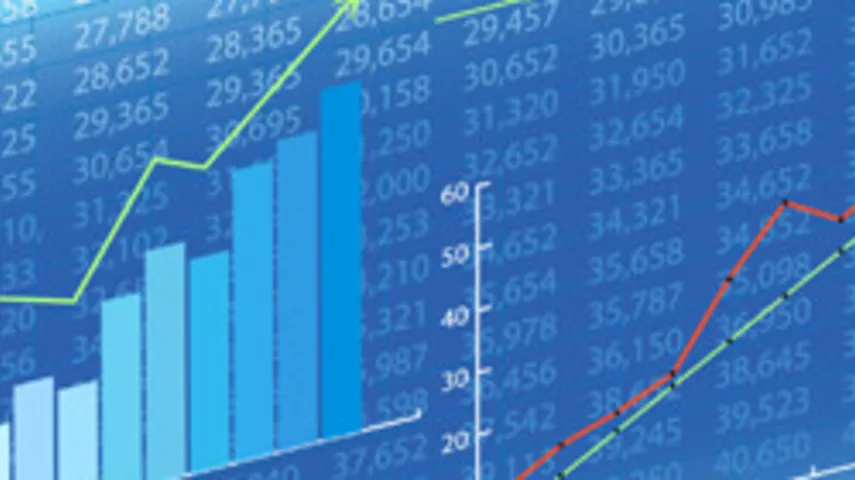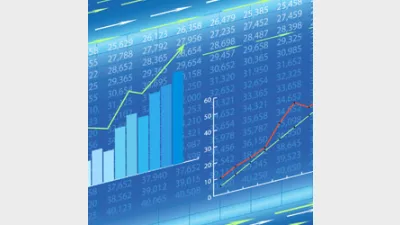Australian instos should use ETFs strategically: iShares



Local exchange-traded fund (ETF) providers are hoping Australian institutions will follow the lead of their American counterparts when it comes to the use of ETFs.
ETF provider iShares pointed to a survey of 62 institutional funds and 18 asset managers in the US that identified themselves as ETF users.
The research, conducted by US researcher Greenwich Associates, found 62 per cent of institutional funds are using ETFs to achieve strategic asset allocation ranges, whereas only 20 per cent are using them to add alpha (or for other tactical purposes).
The shift towards the strategic use of ETFs is reflected in a longer average holding period compared to last year, according to the survey.
Thirty-six per cent of the US institutional funds surveyed are now holding ETFs for over two years, compared to last year when only 36 per reported holding an ETF for a year or longer.
Fifty-five per cent of the funds surveyed are using ETFs to manage transitions, and 44 per cent are using them for cash equitisation or interim beta to manage cash balances, according to the survey.
iShares director Oliver Berry predicted Australian institutions would also move away from the short-term use of ETFs, and towards "portfolio rebalancing and strategic allocations".
"In the past 12 months we have seen an increased use of ETFs by Australian institutions for portfolio diversification and for tilting portfolios to particular asset classes such as Australian equity income generation, US high yield and US investment grade corporate bonds," said Berry.
Recommended for you
Ethical super fund Australian Ethical has announced the appointment of Anthony Lane as chief operating officer.
The structural shift towards active ETFs will reshape the asset management industry, according to McKinsey, and financial advisers will be a key group for managers to focus their distribution.
ASIC has warned that practices across the $200 billion private credit market are inconsistent and, in some cases, require serious improvement.
A surge in electricity prices has driven the monthly Consumer Price Index to its highest level in a year, exceeding forecasts.










